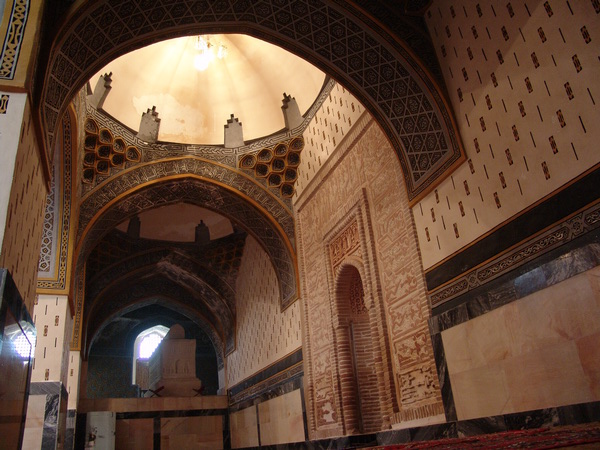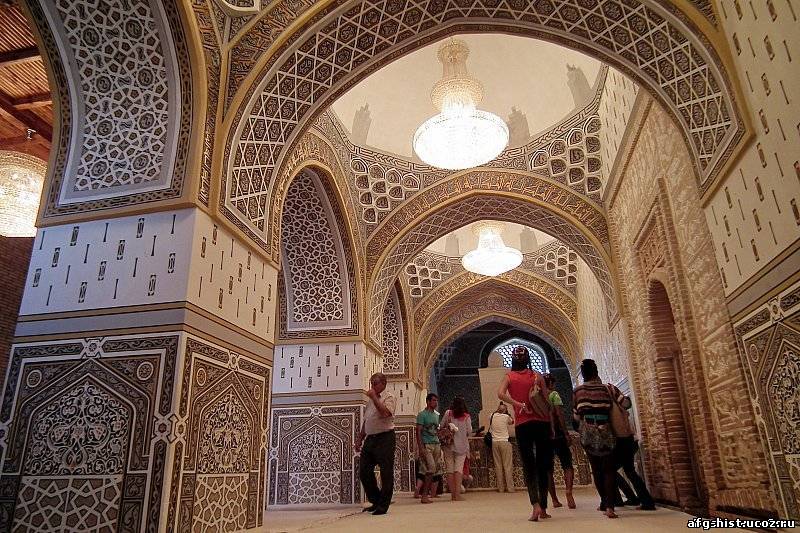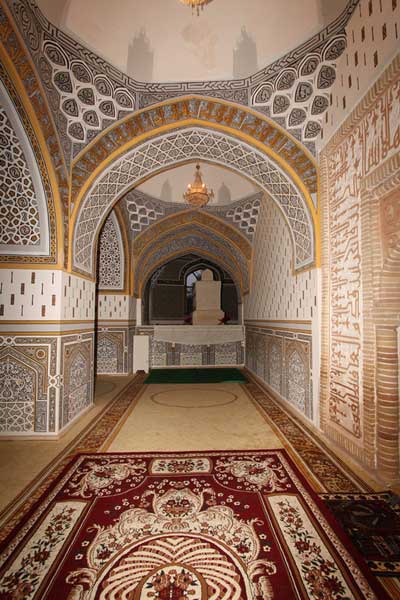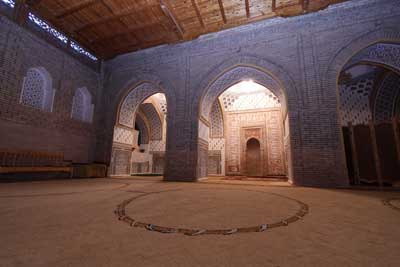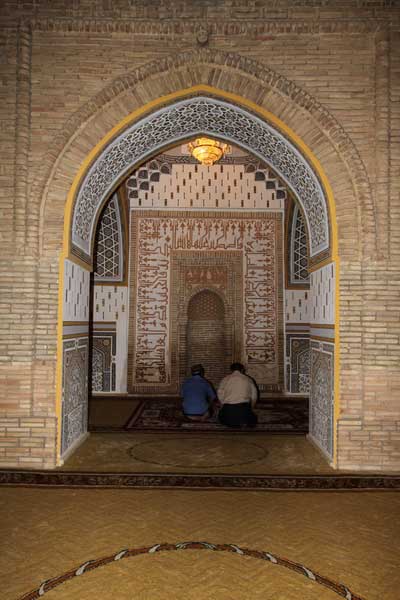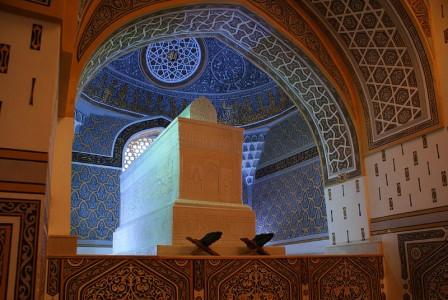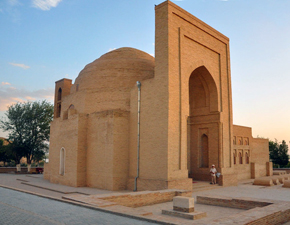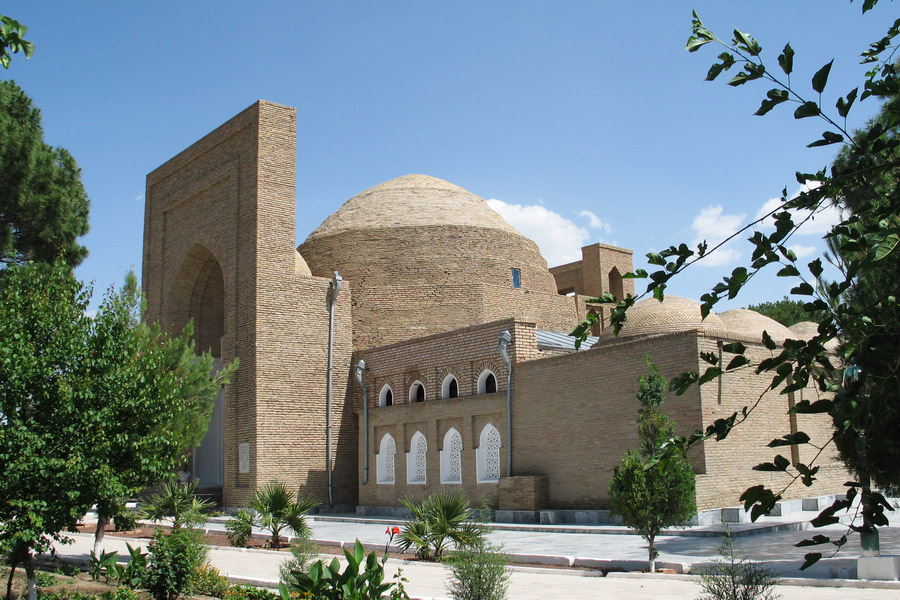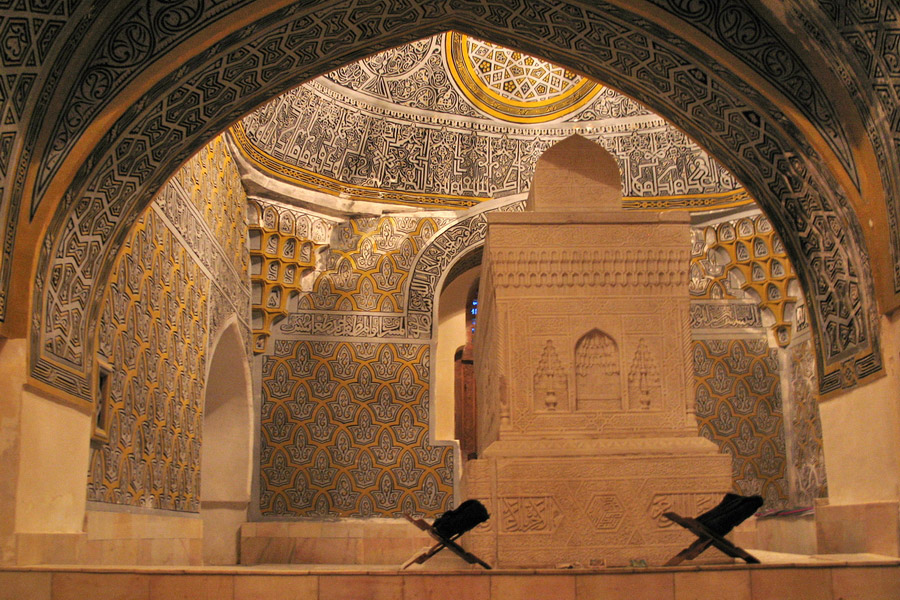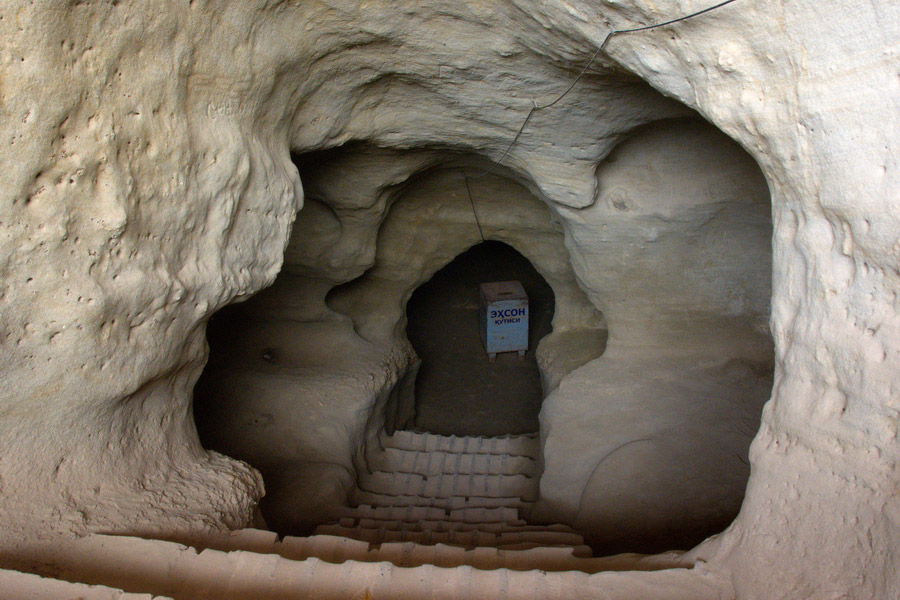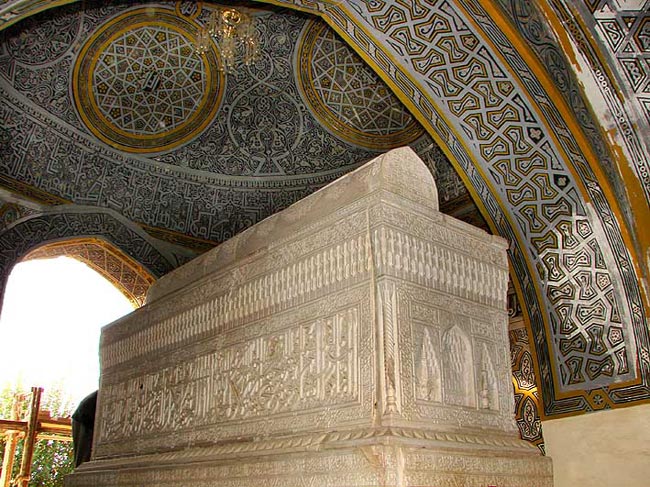In the south-western part of the ancient settlement of Termez, on the elevated bank of the Amu Darya, domes of the architectural complex of Khakim at-Termezi are visible from the walls of the ancient citadel from a distance. Medieval Uzbekistan gave the world many outstanding personalities, and one of them Isa Muhammad ibn Sabra ibn Musa ad-Dahhak as-Sulami, known in the Islamic world as imam at-Termezi. He was the founder and sheikh of the Sufi order Hakimi - "Order of the wise" and remained in history as an outstanding muhaddis, a sage.At-Termezi was born in 824 in the small Surkhandarya village of Bus near Termez. It should be noted that in the IX century Termez, along with Bukhara and Samarkand, was the largest center of science and culture of the Islamic East. According to legend, at the age of ten he received a revelation from the miraculous old man who appeared to him, who blessed him for studying and interpreting the Koran, as well as the life, actions and sayings of the Prophet Muhammad. This mystical phenomenon had a great influence on the formation of the philosophical views of the young at-Termezi.In his youth he made a hajj to Mecca, and then for many years remained to live in Arabia, where he became a disciple and companion of the great connoisseur of the hadith of al-Bukhari. There he critically rethought a lot of interpretations of the Qur'an and hadith and created a harmonious and consistent system of views on the essence of faith in Allah and its first bearer, the Prophet. They were set forth in the theological works "The Treatise on Differences and Interpretations in the Hadiths," "The Book of Piety," "The Book of Names and Names." Peru al-Termezi owns more than thirty books, but the greatest fame was brought to him by an essay titled "The Great Assembly." Even during the life of the scientist, it was translated from Arabic into Persian and Old Uzbek languages. In it, in bright literary form, 408 hadiths were written about the personal life, habits, tastes, character and even appearance of Muhammad.When in 892 he passed away, he was buried in the courtyard of the khanaka. In the XI century, over the grave of the Imam, a mausoleum was built, facing the entrance to the south, and next to it were built a chillahan. Initially, the tomb was a small dome structure with a simple, even ascetic decoration, only its dome was decorated with carved ganch. These ancient ornaments have survived to our time. At the end of the XIV century, when the region became part of the empire of Amir Temur, a new burial vault was erected at the mausoleum facade, and a majestic tombstone made of white marble, a masterpiece of ornamental stone-carving art, was erected over the grave of the saint.Nearby built a memorial ayvannuyu mosque, and at the beginning of the XV century was built a monumental khanaka - hospicious house for dervishes with a vast hall for Sufi mystical wounds.At the end of the tomb of at-Termezi an epitaph is carved: "In the name of him who is praised. This markade of the sheikh, imam, scholar, holy Abu Abdullah Muhammad bin Ali Hakim Termezi, may Allah have mercy on him. He was a great great Sayyid, possessed a high eloquence, wrote famous works and made wonderful sayings. He was a friend of Abu Abdallah Bukhari, the author of the collection "Sahih". Among the sheikhs, he studied the laws better than the lawyers Hanafi. He died, so Allah will save him, in the year 255 of the prophetic Hijra. "In 1990, the decision of UNESCO marked the 1000th anniversary of Hakim at-Termezi. He is considered the spiritual patron of the city of Termez. The holy way of life of the Imam, his spiritual qualities and philosophical views were an example for imitation of contemporaries and became a model of asceticism and faith for descendants, and the mausoleum of Hakim at-Termezi has long turned into a place of pilgrimage for Muslims around the world.

